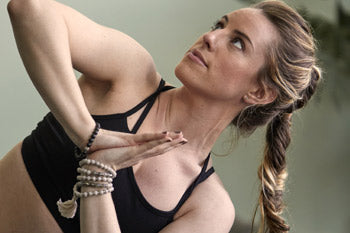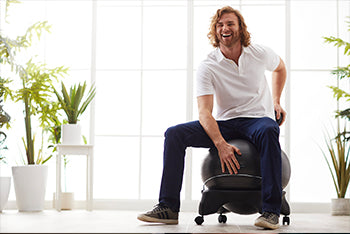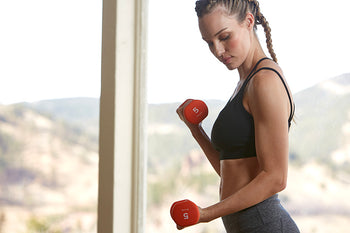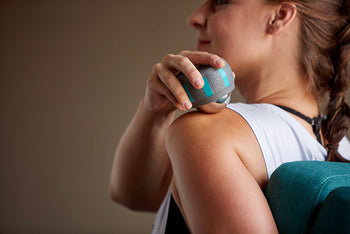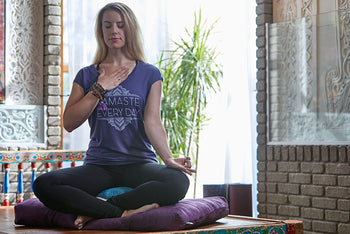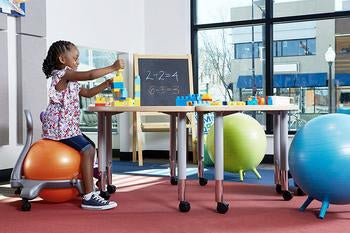Yoga vs. Pilates

by: Devin Thomas
So you finally got off the couch and into a gym to take a fitness class or to the store to buy a fitness DVD, and now you’re wondering: yoga vs. Pilates for flexibility? They seem so similar; how do you choose?
Pilates and yoga both use a mat; both are available as a class at the gym, via streaming online video and on DVD; both help to create that long, lean physique you want; but what’s the best choice? Here’s a brief breakdown of the differences between Pilates and yoga so you can decide which is right for you.
Yoga
Yoga was created in India with the purpose of connecting the individual consciousness with the universal consciousness through physical activity. In short, it aims to not only improve your physical health, but your emotional and spiritual health as well. Through repetitive movement, the act of yoga can be extremely therapeutic. In addition to being therapeutic, these movements focus on building flexibility and strength. Many types of yoga involve meditation at some point during the exercise. The meditative portion of yoga tends to attract people who are seeking to unwind from stressful situations.
There are many different types of yoga, ranging from Hatha, which is a great choice to help you chill out from a long day, to Kundalini, which has been said to help people dealing with addictions. If you are looking for something more physically stimulating, you can try Sivananda yoga, which is a series of 12 common poses that helps to increase flexibility and strengthen muscles.
Pilates
Pilates is unique in that, unlike yoga and other activities, its origin is relatively recent. Pilates was created in 1920 by Joseph Pilates for physical rehabilitation. The idea behind Pilates is to gain flexibility, strength and body awareness without building bulk. It is considered a resistance exercise, even though, as a beginner, you may experience an increased heart rate. Another distinct difference is that Pilates has a full mat routine, in addition to exercises that can only be performed on specific Pilates machines, such as the reformer and the cadillac.
The main goal of Pilates is to strengthen the stomach, improve posture, stabilize and elongate the spine and develop balance and overall strength. There are six key principles of Pilates: concentration, control, centering, breathing, flow and precision. When these key principles are used in conjunction with the mindset that you are creating a leaner, better you from your core muscles out, Pilates can provide that long, toned body you desire.
Difference between Pilates and yoga
Overall, the biggest difference between Pilates and yoga is the ultimate goal. Yoga provides a meditative environment for you to improve your overall quality of life. It focuses on stress relief while improving your body.
Pilates works from the center of your body outward. It forces you to increase your body awareness and work from your core, resulting in a stronger body. Yoga and Pilates each have their merits. The best part is that you really don’t have to choose. Combine Pilates with yoga for an amazing way to transform your daily routine.
Also in Blog

Body Peace & Personal Empowerment

Yoga for Swimmers: Poses for Strength and Mobility


